PsychNewsDaily Publishers
100 Summit Drive
Burlington, MA, 01803
Telephone: (320) 349-2484
PsychNewsDaily Publishers
100 Summit Drive
Burlington, MA, 01803
Telephone: (320) 349-2484
Neuroplasticity enables the brain to adapt its structure and function throughout life, influencing learning, memory, recovery from injuries, and cognitive abilities across various life stages.
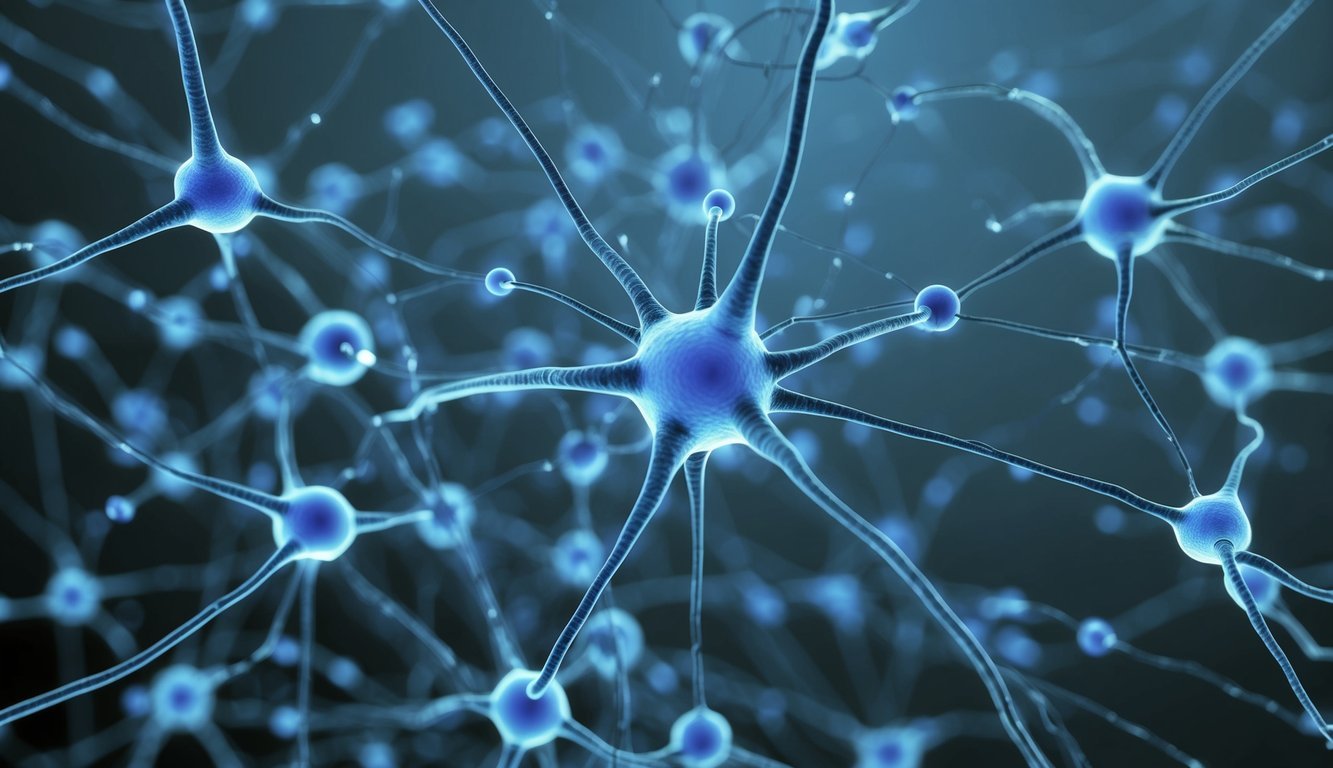
Neuroplasticity serves as the cornerstone of the brain’s extraordinary ability to adapt and transform throughout an individual’s life. This essential characteristic facilitates learning, memory formation, and rehabilitation following brain injuries.
Neuroplasticity encompasses the brain’s ability to alter its structure and function in reaction to experiences, learning opportunities, and environmental stimuli. This fluid process allows neural networks to reorganize and establish new connections. The research surrounding neuroplasticity holds great significance for education and rehabilitative practices.
There are primarily two types of neuroplasticity: structural and functional. Structural neuroplasticity entails physical alterations in the brain’s configuration, such as the formation of new neurons or synapses. In contrast, functional neuroplasticity involves changes in the strength of pre-existing synaptic connections.
The notion of neuroplasticity challenges the traditional perspective that the adult brain is static and unchangeable. Current neuroscience demonstrates that the brain retains its plasticity throughout life, although the extent of this plasticity may change with age.
Neurons constitute the basic units of the nervous system. These specialized cells transmit information via electrochemical signals, creating complex networks that underlie all cognitive functions.
Synapses are the points of connection where neurons communicate and exchange information. These connections are dynamic; they can be strengthened, weakened, formed, or eliminated, a phenomenon referred to as synaptic plasticity.
Synaptic plasticity is vital for the processes of learning and memory. When neurons fire in synchrony, their synaptic connections become stronger, a principle succinctly stated as “neurons that fire together, wire together.”
Synaptogenesis, or the generation of new synapses, is crucial for brain development and continues into adulthood, albeit at a reduced pace.
A variety of mechanisms contribute to neural plasticity, enabling the brain’s adaptive and learning capabilities. One essential process is long-term potentiation (LTP), which enhances synaptic strength, thereby aiding information retention and retrieval.
LTP occurs when repeated activation of synapses leads to a durable increase in signal transmission between neurons. This mechanism is widely accepted as the cellular foundation of learning and memory.
Other contributing mechanisms include:
Grasping these mechanisms can inform approaches to enhance learning and facilitate recovery from brain injuries.
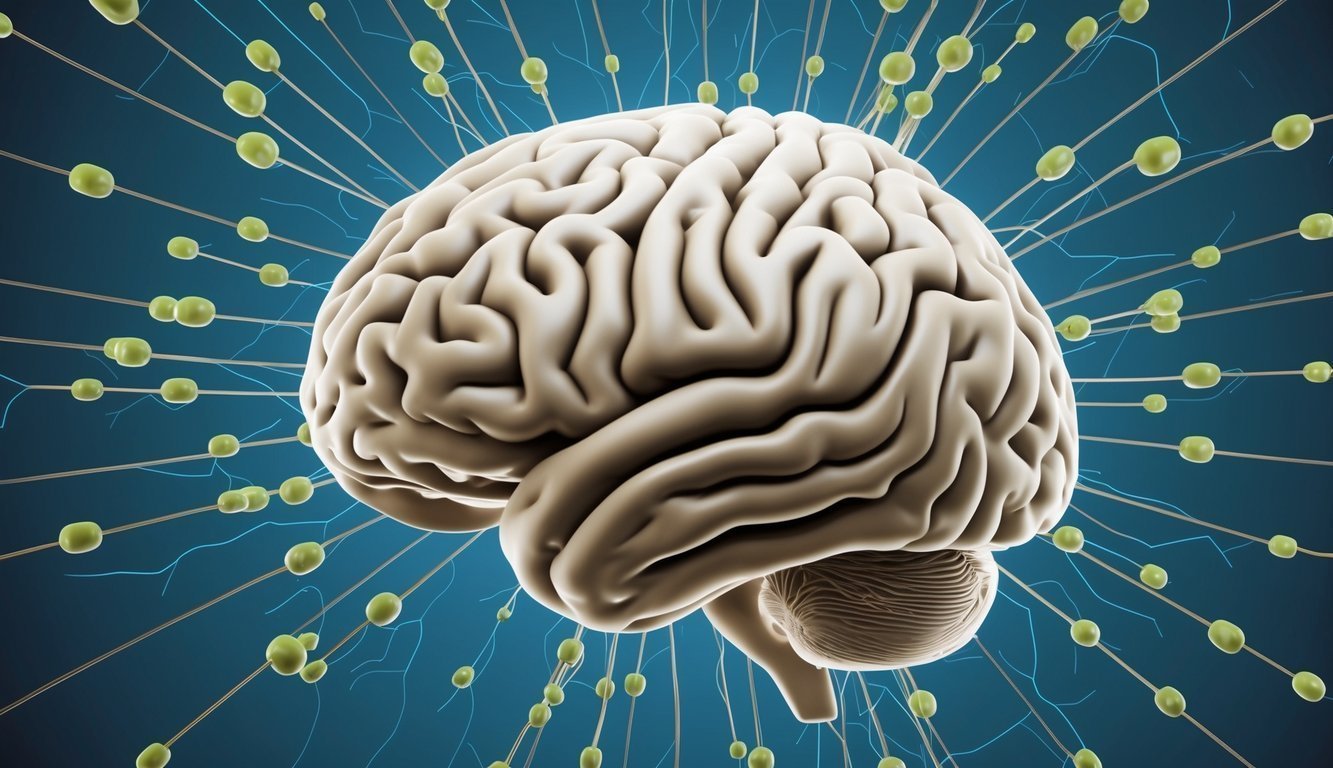
The brain’s capacity to evolve and adapt persists throughout life, impacting cognitive development, learning potential, and mental well-being. This remarkable plasticity shows considerable variation at different life stages, from rapid development during childhood to possible decline in later years.
Early developmental stages are characterized by pronounced neuroplasticity and brain maturation. Infants’ brains generate numerous neural connections, forming a basis for future learning and cognitive abilities.
During childhood, the brain exhibits heightened plasticity, allowing for swift acquisition of skills and adjustments to environmental stimuli. This adaptability supports language acquisition, motor skill development, and socio-emotional growth.
Critical developmental periods in childhood are essential for shaping cognitive functions. Experiences during these times can produce long-lasting effects on brain structure and function.
In contrast to earlier assumptions, adult brains continue to form new neurons, particularly within the hippocampus—a region essential for memory consolidation. Known as adult neurogenesis, this process supports continued learning and memory abilities.
Adult neuroplasticity facilitates the acquisition of new skills and knowledge throughout life. Engaging in new experiences and challenging cognitive tasks can stimulate neuronal growth and sustain cognitive functionality.
Brain reserve, accumulated through education and intellectual engagement, serves as a protective buffer against cognitive decline, helping individuals maintain cognitive capacity despite age-related brain changes.
As individuals age, neuroplasticity generally diminishes, potentially leading to cognitive decline. However, the rate and magnitude of this decline can vary significantly between individuals.
Age-related modifications in brain structure and function can influence memory, information processing speed, and executive functions. Such alterations may elevate the risk of neurodegenerative diseases, including Alzheimer’s disease.
Cognitive reserve built through lifelong learning and mental engagement can help mitigate age-related cognitive decline. Individuals with a higher cognitive reserve often display greater resilience to brain changes associated with aging and dementia.
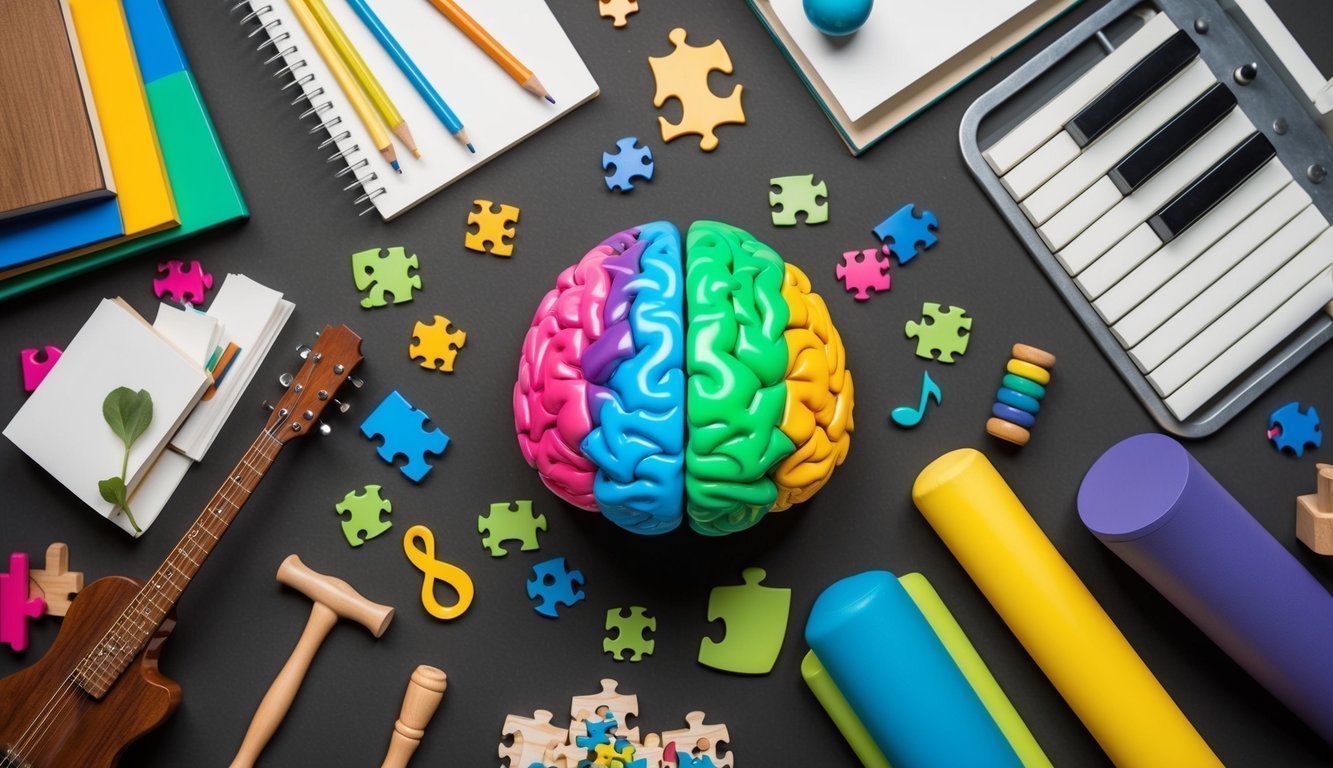
Neuroplasticity, the brain’s inherent ability to reorganize and adapt, is influenced by various factors throughout life. These influences substantially affect cognitive function, learning capacity, and overall brain health.
The environment and experiences play an essential role in shaping neuroplasticity. A rich and engaging environment fosters the creation of new neural connections while strengthening existing ones.
Exposure to varied sensory experiences, social interactions, and new challenges promotes brain adaptability. This influence is particularly evident during early childhood but persists into adulthood.
Participating in mentally stimulating activities, such as learning a new language or playing an instrument, enhances neuroplasticity by forming new neural pathways and improving cognitive flexibility.
In contrast, negative experiences can adversely affect neuroplasticity. Prolonged stress or trauma may induce changes in brain structure and function, which can hinder learning and memory processes.
Regular physical activity and exercise play a significant role in influencing neuroplasticity. Aerobic exercise increases cerebral blood flow, encouraging the formation of new neurons and enhancing cognitive abilities.
Exercise triggers the release of neurotrophic factors, including brain-derived neurotrophic factor (BDNF), which supports neuronal growth and survival. This process contributes to better learning, recall, and general brain health.
High-intensity interval training and resistance exercises have been shown to positively affect cognitive performance and neuroplasticity, potentially increasing grey matter volume in specific brain regions associated with executive function.
Consistent physical activity also lowers the risk of cognitive decline and neurodegenerative diseases, highlighting its significance for sustaining long-term brain health.
Nutritional choices greatly affect neuroplasticity and cognitive function. A well-balanced diet rich in essential nutrients is fundamental for optimal brain health and promoting neuroplasticity.
Omega-3 fatty acids, prevalent in fish and nuts, are vital for maintaining cell membrane fluidity and supporting synaptic plasticity. Antioxidants found in berries and leafy green vegetables help protect brain cells from oxidative damage.
Key vitamins and minerals, including B vitamins, vitamin D, and zinc, are important for neurotransmitter production and overall brain functionality. Proper hydration is also critical for supporting cognitive performance and enhancing neuroplasticity.
Conversely, diets high in processed foods and saturated fats may negatively affect brain health and neuroplasticity, leading to inflammation and oxidative stress, which can impede cognitive functions.
Sleep is essential for neuroplasticity and brain recovery. During sleep, the brain consolidates memories, processes information, and eliminates metabolic waste.
Quality sleep bolsters the formation and reinforcement of neural connections, leading to improved learning and memory retention. Particularly, slow-wave sleep is integral to this process.
Lack of sleep can detrimentally affect neuroplasticity by compromising cognitive function, reducing attention, and obstructing the development of new memories. Prolonged sleep deprivation may cause lasting alterations in brain structure and functionality.
Establishing regular sleep patterns and prioritizing sleep hygiene can enhance neuroplasticity and maximize cognitive performance. This includes adhering to a consistent sleep schedule, developing a calming bedtime routine, and ensuring a restful sleep environment.
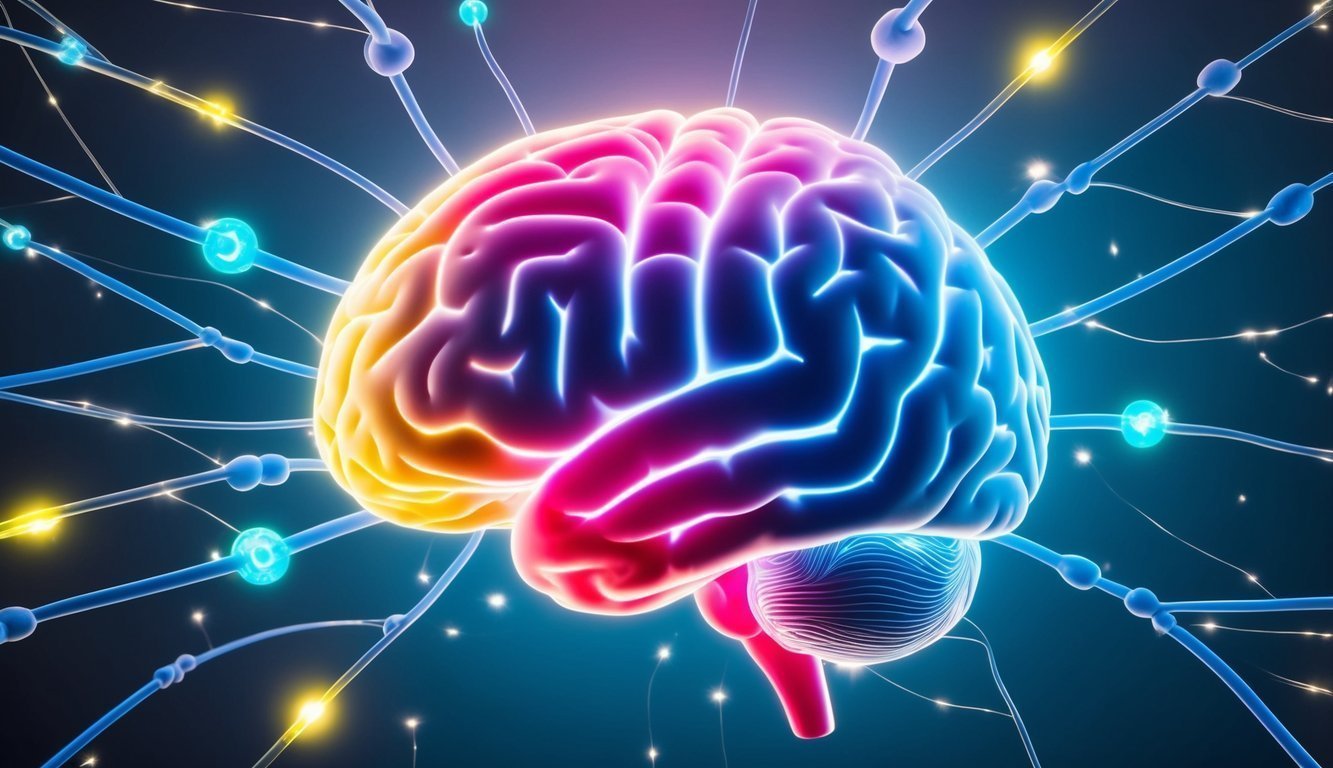
Neuroplasticity can be actively strengthened through various practices and interventions. These strategies focus on different aspects of brain functionality and adaptability, offering a range of avenues for enhancing cognitive capabilities and facilitating recovery.
Cognitive training activities can bolster neuroplasticity and enhance mental functions. These programs typically involve challenging tasks that target specific cognitive domains such as memory, attention, and problem-solving.
Computer-based training modules have demonstrated promise in improving cognitive flexibility and processing speed. Language learning is another impactful method for boosting neuroplasticity, engaging multiple brain regions simultaneously.
Skill acquisition, whether through learning a musical instrument or mastering a new sport, can also catalyze neuroplastic changes. These experiences foster new neural pathways and reinforce existing connections.
Meditation and mindfulness techniques have been associated with increased neuroplasticity. Regular meditative practice can induce structural changes in the brain, particularly in regions linked to attention and emotional regulation.
Visualization and mental imagery techniques can activate similar neural circuits as actual practice, making them valuable tools for skill enhancement and rehabilitation.
Exercises focused on emotional regulation, such as cognitive reappraisal, can help rewire how the brain responds to stress, fostering resilience and flexibility in facing challenges.
Social interactions significantly contribute to maintaining and enhancing neuroplasticity across the lifespan. Engaging in meaningful dialogues and relationships stimulates various cognitive processes.
Participating in group activities, like team sports or collaborative projects, encourages cognitive flexibility and adaptive reasoning. These situations compel the brain to adapt to complex social dynamics.
Volunteering and community engagement create opportunities for lifelong learning and cognitive stimulation, exposing individuals to new experiences that encourage the formation of fresh neural connections.
Specific therapeutic techniques can leverage neuroplasticity for clinical advantages. Cognitive rehabilitation practices aid individuals in recovering from brain injuries or neurological conditions.
Neurofeedback training enables patients to observe and modify their brain activity in real-time, showing promise for various neurological and psychiatric issues.
Combining physical therapy with cognitive tasks can enhance recovery after strokes and other brain injuries, utilizing the brain’s capacity to reorganize and adapt to damaged areas.
Pharmacological approaches may also be employed to promote neuroplasticity in particular scenarios, aiming to create an optimal condition for neural growth and reorganization.
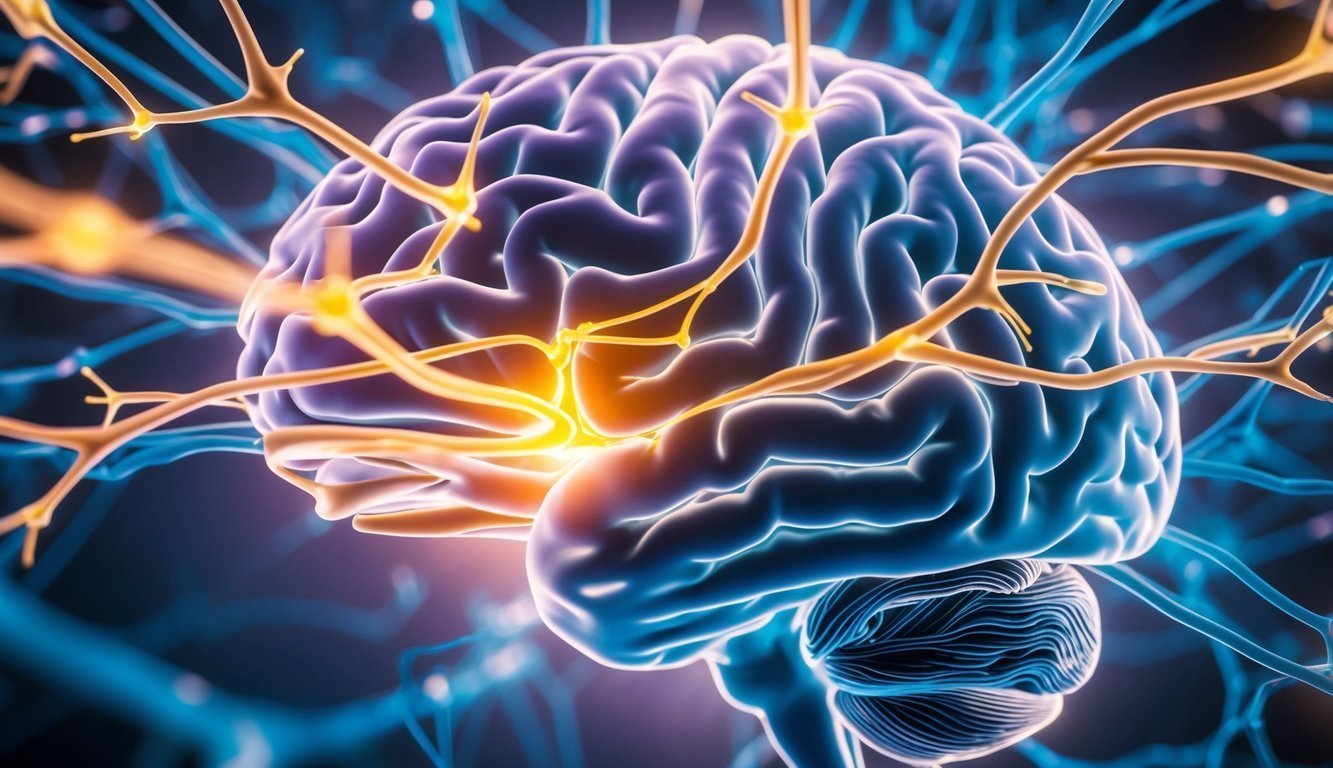
Technological advancements and enhanced understanding are transforming our capacity to evaluate and harness neuroplasticity. These developments present promising opportunities for boosting cognitive function, addressing neurological disorders, and tapping into the brain’s potential for change and adaptation.
The latest neuroimaging technologies have revolutionized our ability to observe and quantify neuroplasticity. Functional magnetic resonance imaging (fMRI) allows researchers to visualize brain activity in real-time, demonstrating how neural networks reorganize in response to learning or injury.
Diffusion tensor imaging (DTI) provides a map of white matter pathways, offering insights into changes in structural connectivity. Additionally, positron emission tomography (PET) scans can monitor metabolic activity and neurotransmitter dynamics, revealing the biochemical aspects of neuroplasticity.
These methodologies enable scientists to:
By integrating multiple imaging techniques, researchers can create comprehensive maps of brain structure and function, enriching our comprehension of neuroplasticity.
Cognitive neuroscience is pushing the frontiers of neuroplasticity research. Investigations are underway to understand how genetic factors influence neural adaptability and to explore neuroplasticity’s role across various cognitive domains.
Key areas of research focus on:
Researchers are also formulating innovative interventions to amplify neuroplasticity, including:
These advancements hold potential for treating brain injuries, slowing age-related cognitive decline, and optimizing learning and memory capabilities.
As our capacity to influence neuroplasticity evolves, so do the associated ethical considerations. Utilizing neuroplasticity for clinical purposes raises critical questions regarding cognitive enhancement and potential unintended effects.
Ethical dilemmas include:
Researchers and policymakers must address these complexities to ensure the responsible evolution and application of neuroplasticity-centered interventions. Striking a balance between the potential advantages and ethical considerations will be vital as this field progresses.